
Through its active participation in policy discussions and close cooperation with state-owned enterprises, CIP has contributed to shaping the legal framework for offshore wind development. The promulgation of the amended Electricity Law with additional provisions on offshore wind in 2024 is a positive signal, contributing to strengthening Vietnam's position as a promising destination for renewable energy investment.
CIP Board Member Robert Helms meets Prime Minister Pham Minh Chinh at COP28
With the revised Electricity Law taking effect from February 1, 2025, Vietnam is facing an important opportunity to accelerate the deployment of offshore wind power. CIP looks forward to continuing to work with the Vietnamese Government and industry partners to complete licensing procedures by 2025, thereby implementing surveys and project development. In addition, Decree No. 80 amending the Direct Power Purchase Agreement (DPPA) is expected to create a more flexible approach, reducing pressure on the national grid managed by Vietnam Electricity (EVN), while opening up opportunities to consume electricity from renewable energy sources. This is an area in which CIP has extensive experience and is ready to contribute to the realization of Vietnam's green energy development goals.

Working session with the National Assembly on the Electricity Law

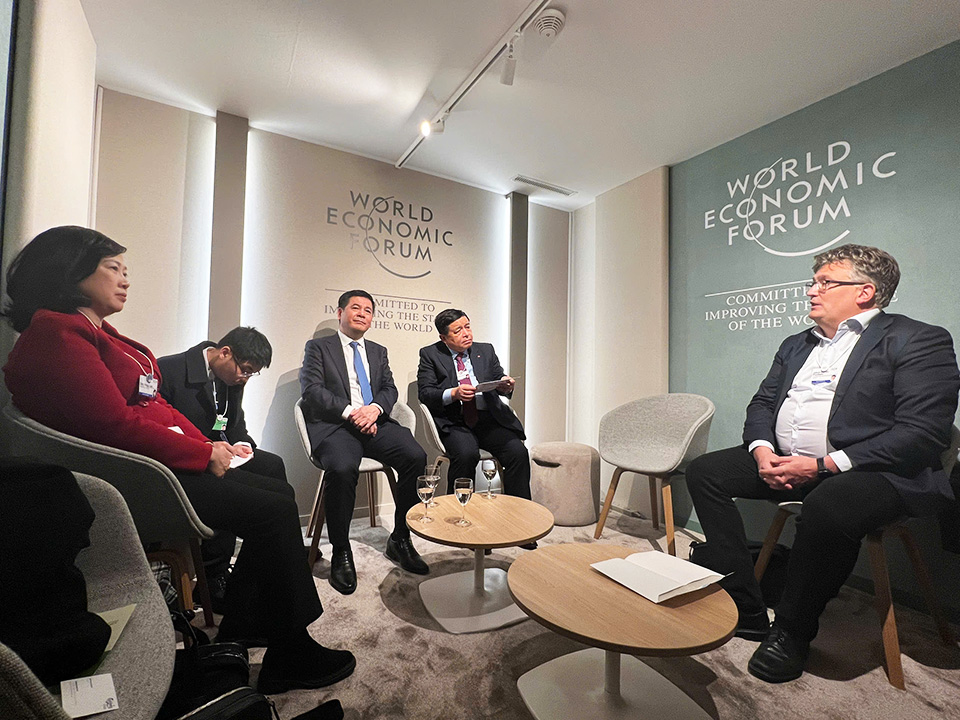

Despite the challenges, CIP has demonstrated its commitment to driving growth in the renewable energy sector in Vietnam. The Group has proactively engaged with government agencies, participated in discussions on energy strategies and contributed to policy development in the sector.
Offshore wind projects typically take six to eight years to complete from development to commercial operation. At this point, the plan to commission 6GW of offshore wind by the end of 2030, while no projects have yet been activated, is almost impossible. However, these projects can complete the fundraising process by the end of 2030 if the Vietnamese Government takes decisive and timely actions in 2025 to initiate project surveys. In addition, to ensure the progress and quality of projects, the Government needs to create favorable conditions for state-owned enterprises to cooperate with foreign investors to learn practical experience in developing this new industry.
Vietnam needs to quickly establish a comprehensive policy framework, including tax incentives, electricity pricing mechanisms and attractive power purchase agreements (PPAs) to attract investment and ensure the viability of offshore wind projects. Creating a stable legal environment with clear electricity purchase prices will help reduce risks for large-scale investment projects (typically from 4-5 billion USD for each 1GW project), thereby strengthening investor confidence and promoting sustainable development of the industry.
In addition to offshore wind, CIP is actively exploring opportunities in other forms of renewable energy in Vietnam. With rapid economic growth and increasing demand for electricity, Vietnam needs to diversify its energy sources, including supporting investment in renewable energy and upgrading the national grid, to ensure stable and sustainable power development.
Hydropower is difficult to scale up, coal-fired power faces environmental concerns, and liquefied natural gas (LNG) is highly dependent on volatile international market prices. These factors are driving the need for accelerated investment in renewable energy, including onshore wind, large-scale solar farms, floating and rooftop solar, and battery energy storage systems (BESS).
The Power Development Plan 8 (PDP8) published in 2023 only considers solar energy for self-consumption purposes before 2030. Vietnam should strongly encourage increased investment in solar energy, as it is the cheapest energy source and can be developed quickly. Floating solar also has great potential, as Vietnam has a large reservoir system that can accommodate high-capacity floating solar systems.
The CIP aims to develop multi-gigawatt renewable energy projects, including onshore wind, solar and BESS. However, after the expiry of Vietnam’s feed-in-tariff (FIT) incentive policy, there are still many uncertainties regarding investor selection and electricity pricing mechanisms, leading to difficulties in investing in renewable energy after the FIT policy ends. The government should establish clear guidelines and legal frameworks to support investment in renewable energy, including clarifying the process and investor selection, reasonable electricity pricing mechanisms and upgrading the transmission grid.
The Direct Power Purchase Agreement (DPPA) framework is expected to open up many opportunities for domestic and foreign renewable energy developers and commodity producers. However, the transmission charges and DPPA-related fees need to be clarified to make the virtual DPPA model possible.
With increasing electricity demand and increasingly accessible energy storage technology, BESS is emerging as an important solution to balance renewable energy production. Advanced technology and dramatically reduced battery costs have made large-scale energy storage an attractive solution. This not only enhances grid stability but also optimizes the efficiency of solar and wind energy production. Investing in BESS will help Vietnam integrate a higher proportion of renewable energy and reduce its dependence on fossil fuels.
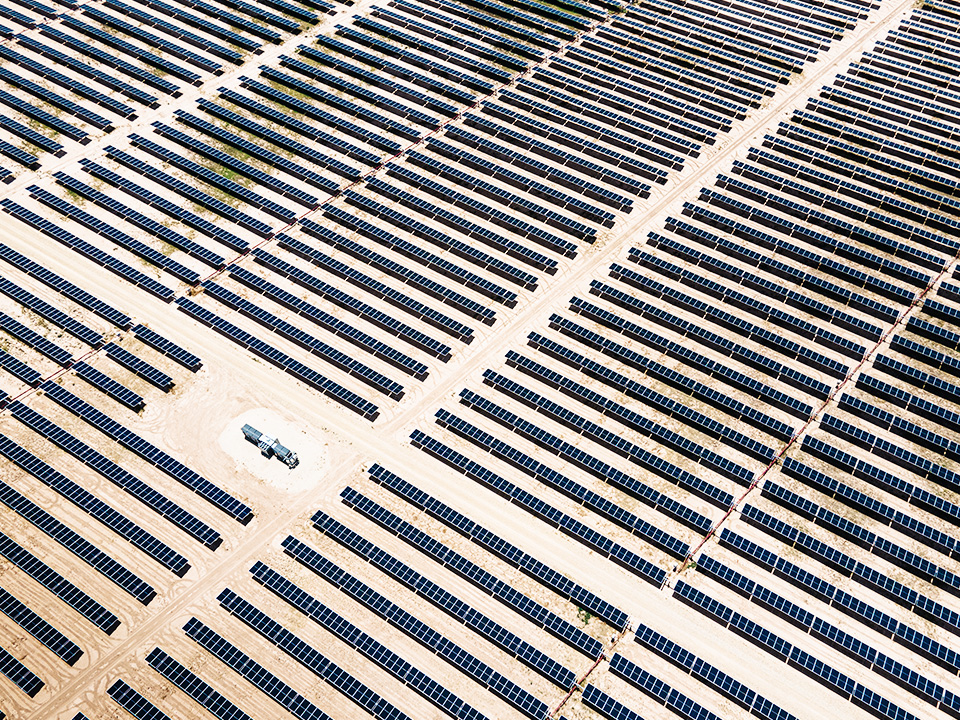
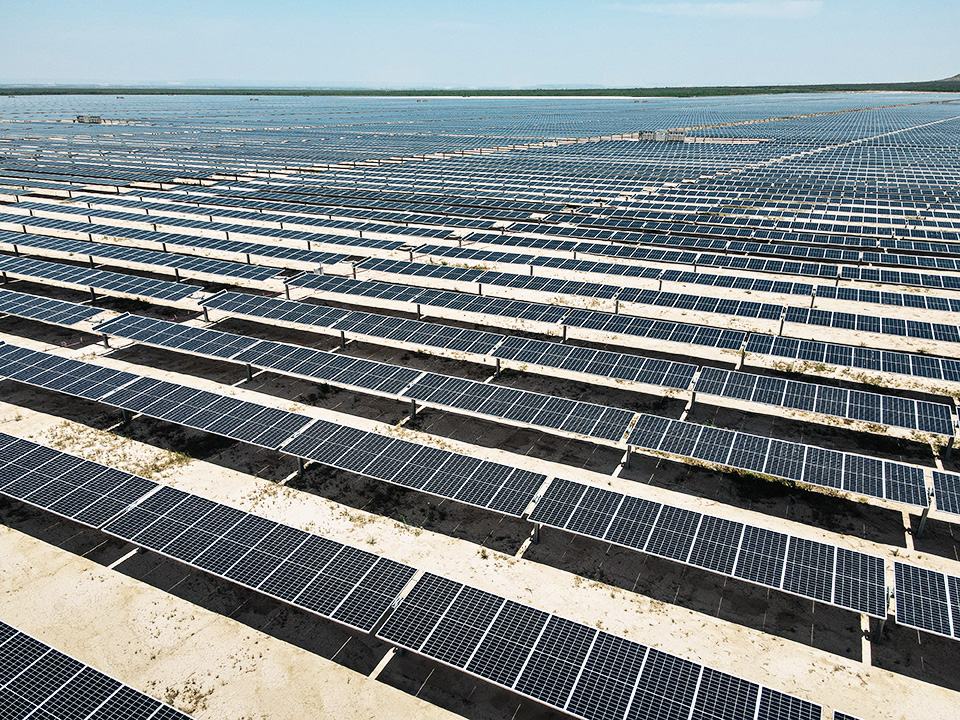
However, the approval of the Electricity Law is only the first step. The Government needs to continue to issue detailed decrees and circulars to provide clear guidance for offshore wind development. These legal documents need to outline a transparent roadmap for investors, and one of the key priorities is to integrate offshore wind projects into the Power Development Plan 8 (PDP8).
As Vietnam’s offshore wind market is still in its early stages, with limited data on seabed conditions and wind speeds, encouraging private investors to conduct surveys is crucial to building a robust offshore database. Such surveys can cost between $15 and $20 million per project, so Vietnam should consider incentives to attract private investors to start these surveys with their own funds. It is recommended that during the investor selection process, a point-scoring mechanism be introduced for developers who use their own funds to conduct surveys or that a mechanism be considered that would allow the winning investor to reimburse the survey costs to the unit that conducted the survey.
Another factor to open the door to offshore wind investment is to ensure stable revenue sources. In the initial phase, Vietnam needs to establish a long-term power purchase agreement (PPA) with a commitment to buy all the electricity generated by offshore wind projects for 20 years. As more projects are successfully deployed, the level of commitment can be gradually adjusted. Furthermore, this PPA needs to ensure fair prices and a reasonable level of risk sharing to avoid excessive delays in contract negotiations, which may affect the project progress and financial viability of the project.
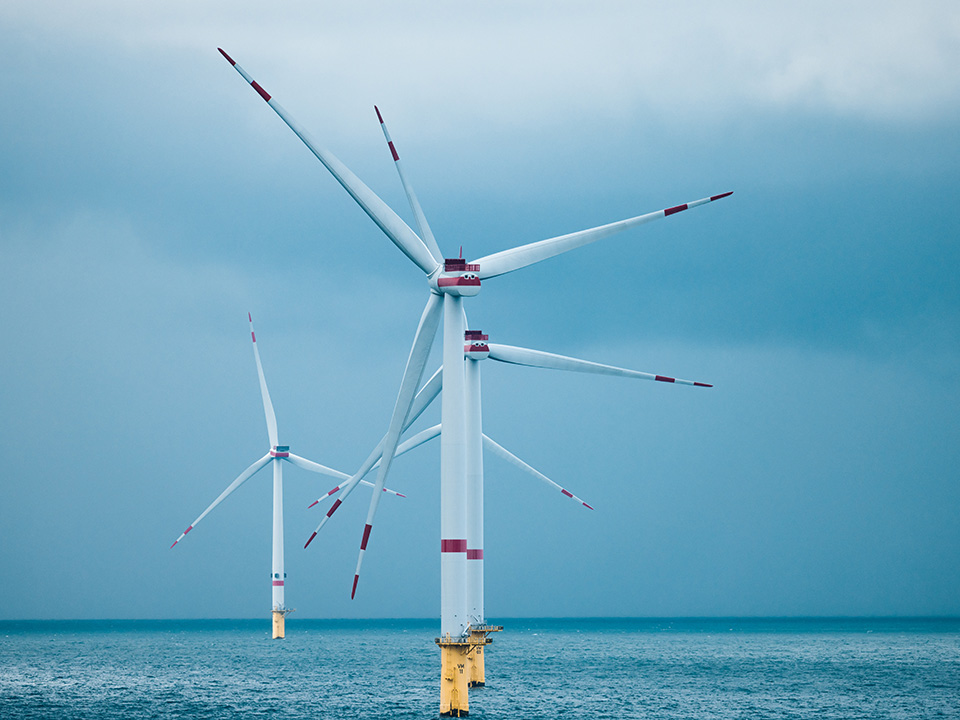
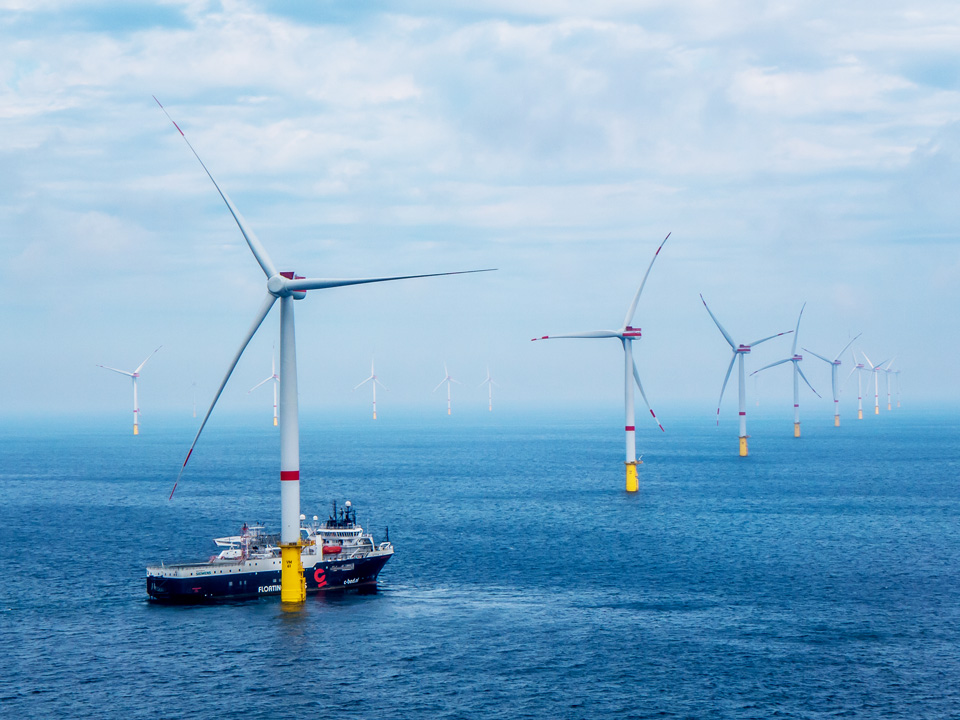
Copenhagen Infrastructure Partners (CIP) is the world's largest investment fund dedicated to renewable energy and a global pioneer in the offshore wind industry. CIP's funds focus on investments in offshore and onshore wind, solar PV, biomass and waste-to-energy, transmission and distribution, backup capacity, storage, advanced biotechnology, and Power-to-X.
CIP is managing $35 billion worth of green energy projects and a portfolio of over 120GW of renewable energy and transmission in various stages of development around the world.
In 2024, CIP continues to maintain its leadership in the global wind energy industry with numerous projects being inaugurated and awarded. The Changfang-Xidao and Zhong Neng wind power projects in Taiwan affirm CIP's prominent role in this emerging market in Asia-Pacific. The Jeonnam 1 project, using 'Made in Vietnam' wind turbine towers, becomes the first commercial-scale offshore wind farm in Korea.
In the Netherlands, CIP has signed a major renewable electricity purchase agreement with Google, using hydrogen. Across the Atlantic, CIP’s Vineyard Wind project is the first large-scale commercial offshore wind farm in the United States.
From early 2025, CIP will begin construction of the Summerfield project in Australia, the company’s first large-scale energy storage project in the country. The project aligns with the South Australian Government’s ambitious target of achieving 100% net renewable energy by 2027.
CIP has been present in Vietnam since 2019 with the 3.5GW La Gan project and an early stage development portfolio of over 10GW in other offshore wind projects in the North and South of Vietnam. CIP is also in the early stages of developing its onshore and nearshore wind portfolio in Vietnam.
CIP remains committed to supporting Vietnam’s net zero emissions targets under COP 26. CIP’s investments will help reduce carbon emissions, diversify Vietnam’s energy mix, and provide stable, reliable energy for decades to come. With the right policies and regulatory frameworks in place, Vietnam can maximize the benefits of CIP’s investments, cementing its position as a regional leader in renewable energy development.
Thanhnien.vn
Source: https://thanhnien.vn/cip-cho-den-xanh-chinh-sach-cho-nang-luong-xanh-tai-viet-nam-185250224175110638.htm


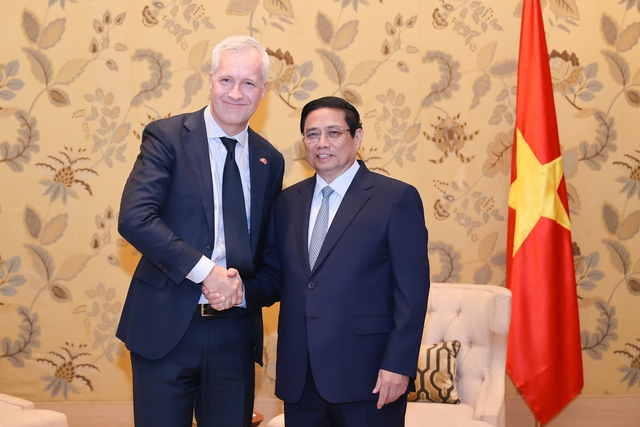
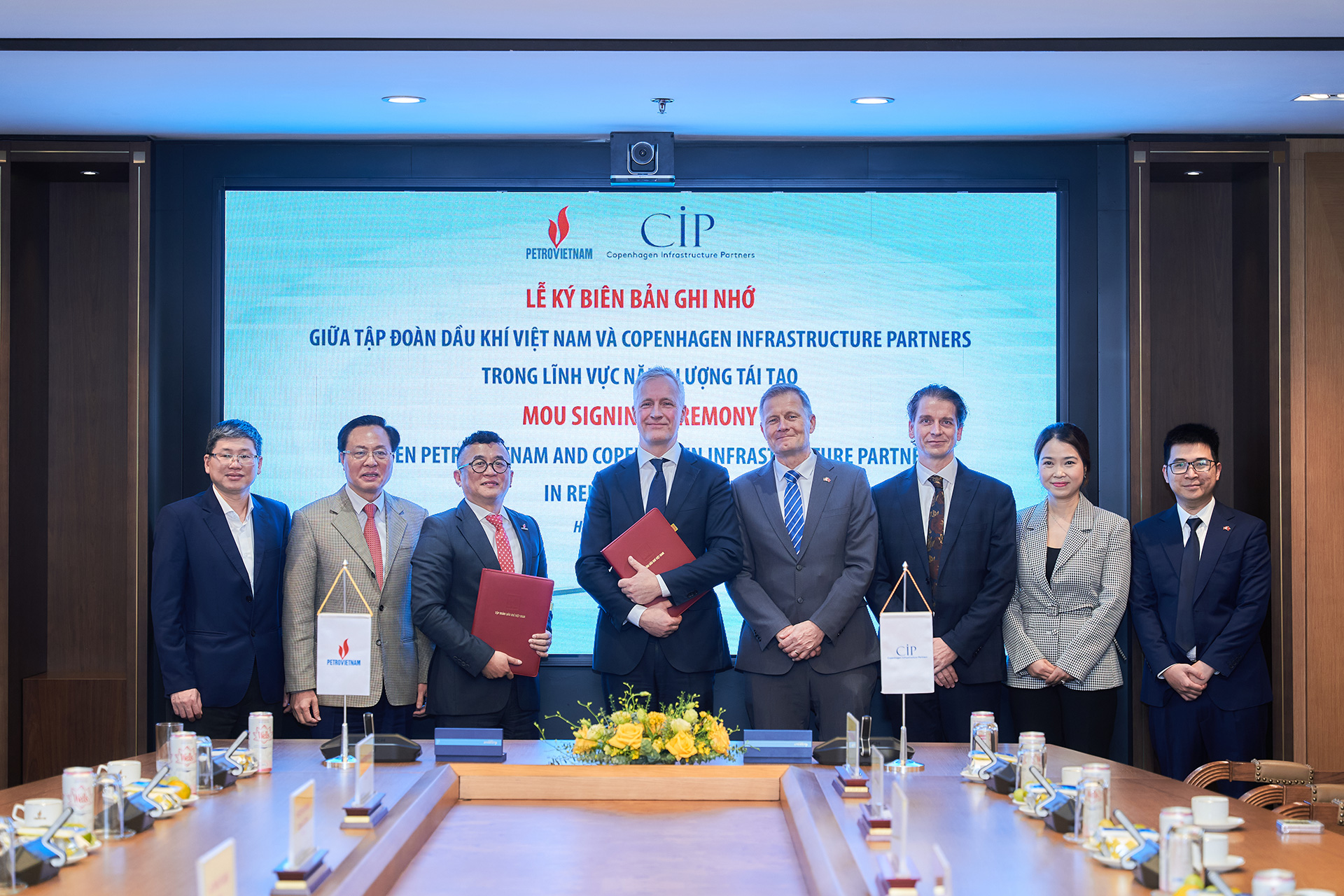

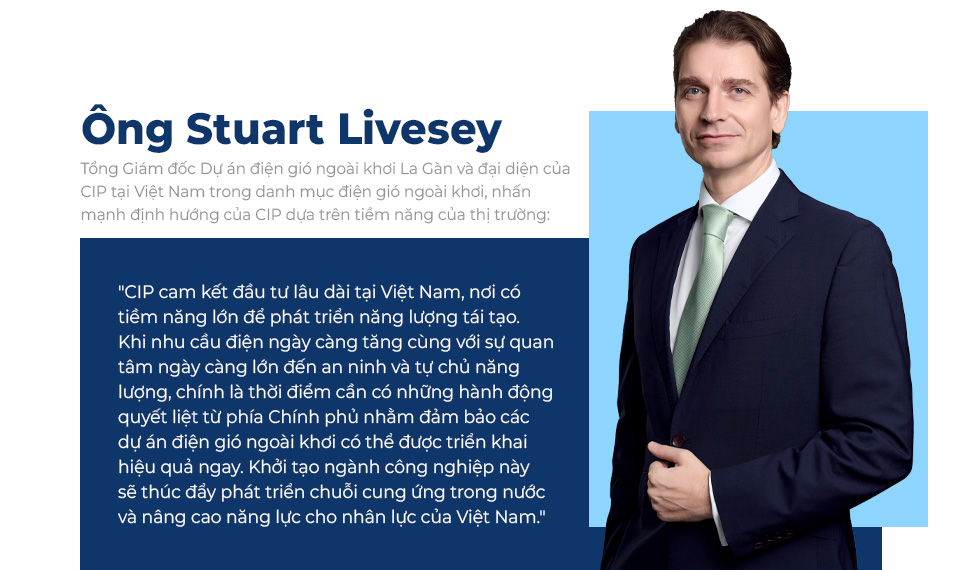
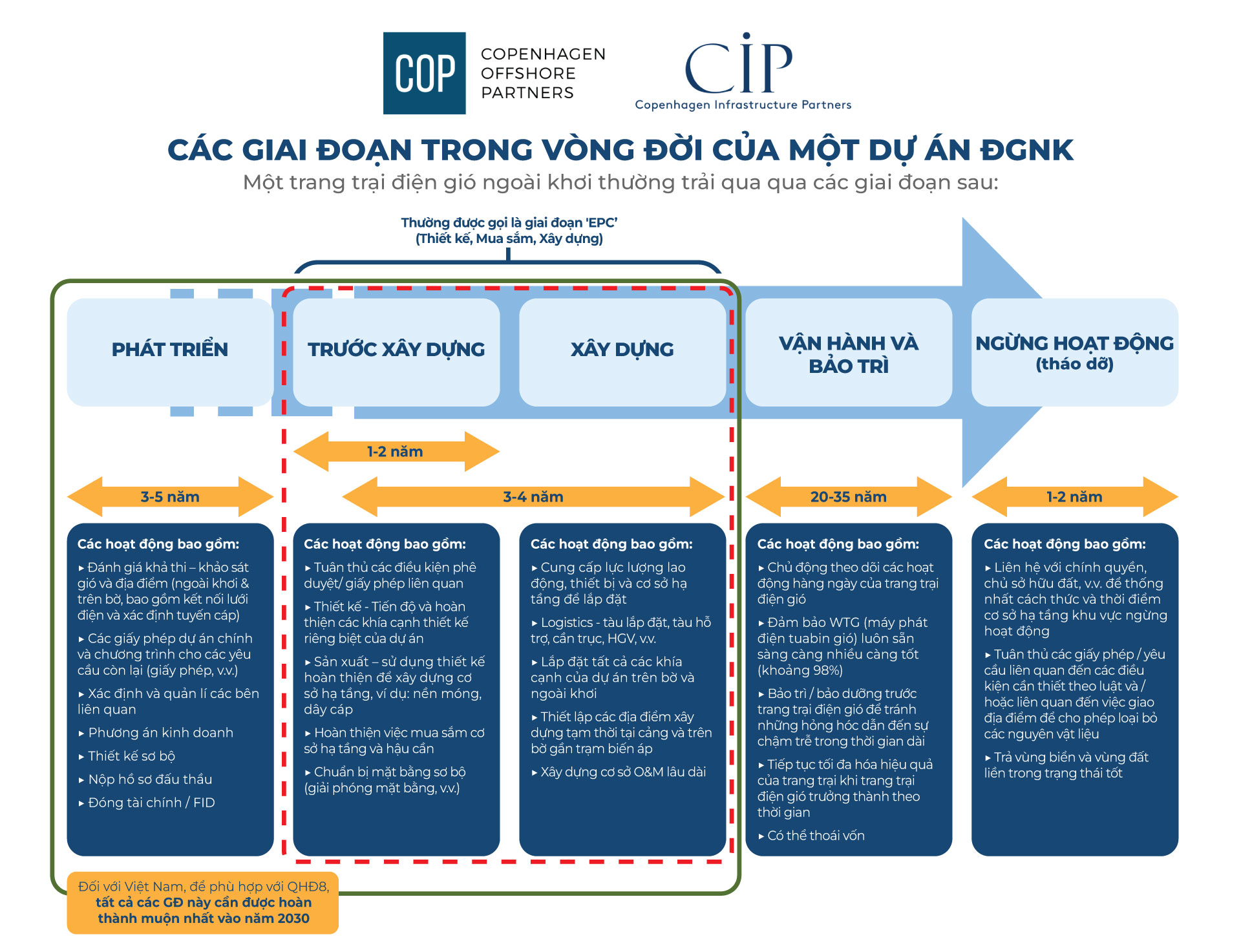


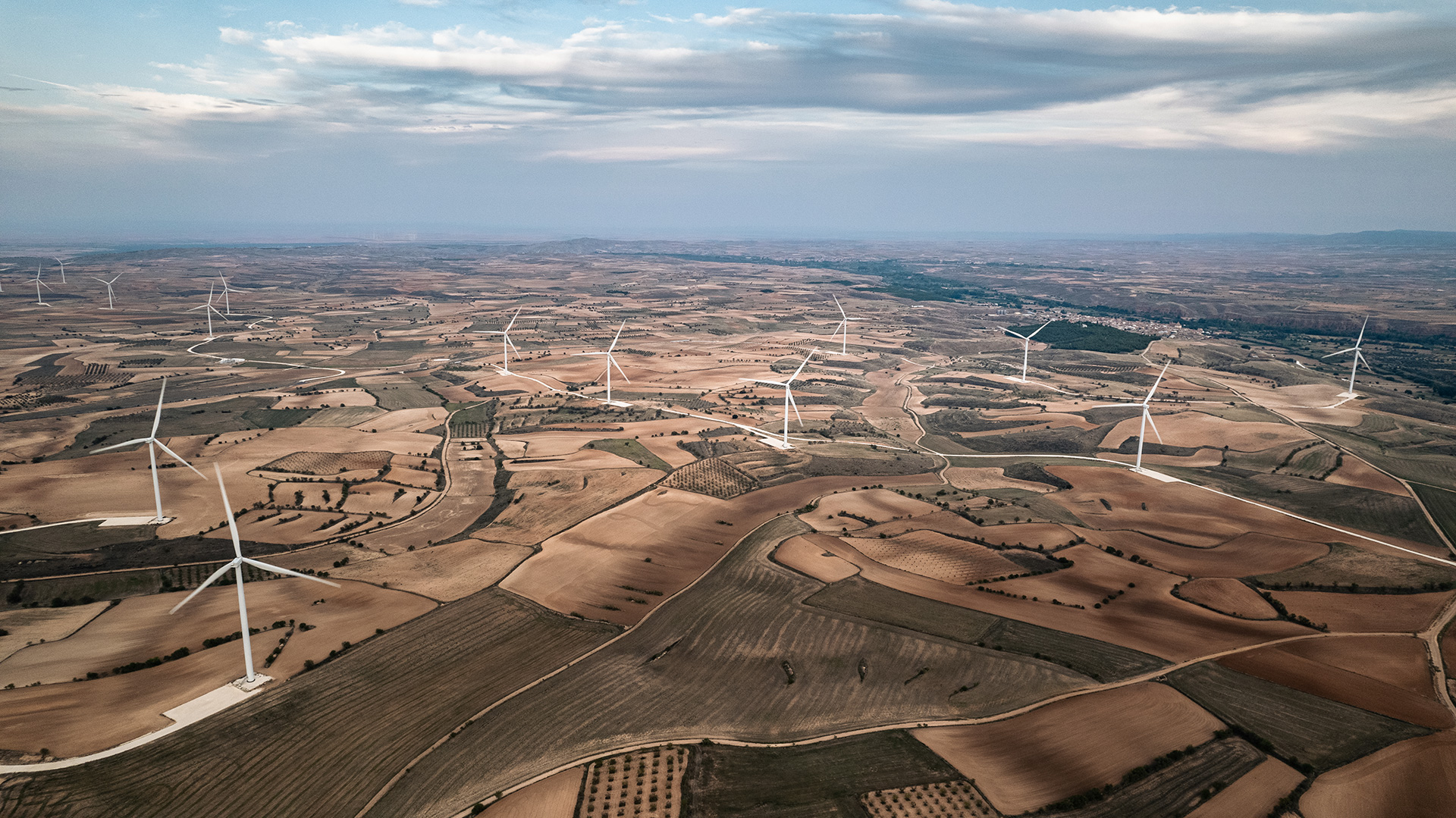








![[Photo] National Assembly Chairman Tran Thanh Man attends the VinFuture 2025 Award Ceremony](/_next/image?url=https%3A%2F%2Fvphoto.vietnam.vn%2Fthumb%2F1200x675%2Fvietnam%2Fresource%2FIMAGE%2F2025%2F12%2F05%2F1764951162416_2628509768338816493-6995-jpg.webp&w=3840&q=75)


![[Photo] 60th Anniversary of the Founding of the Vietnam Association of Photographic Artists](/_next/image?url=https%3A%2F%2Fvphoto.vietnam.vn%2Fthumb%2F1200x675%2Fvietnam%2Fresource%2FIMAGE%2F2025%2F12%2F05%2F1764935864512_a1-bnd-0841-9740-jpg.webp&w=3840&q=75)
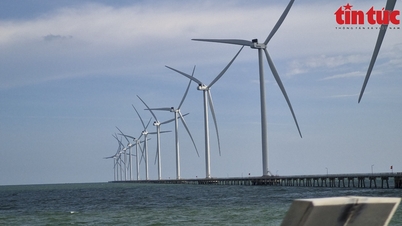

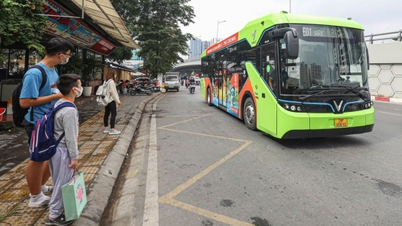

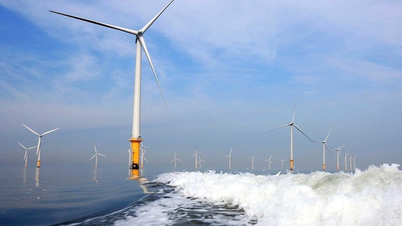

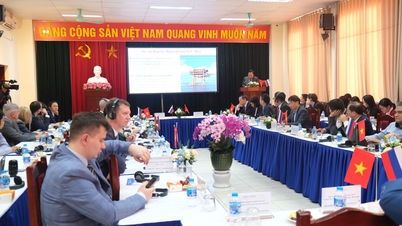







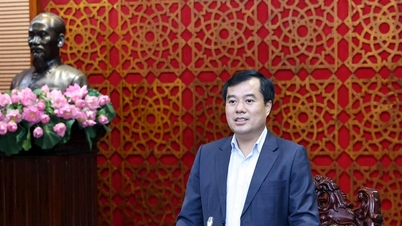


















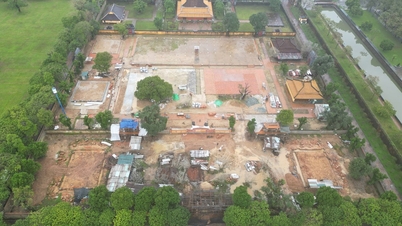


















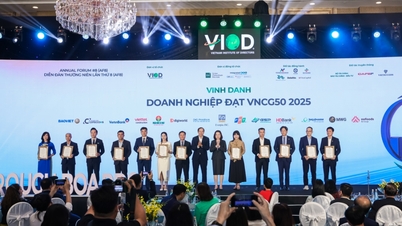

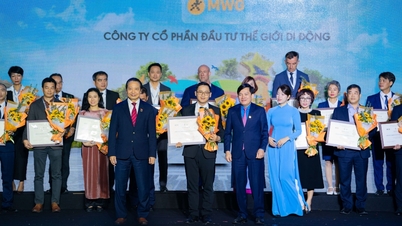









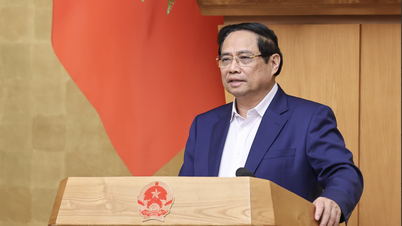



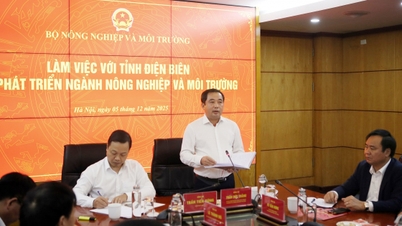

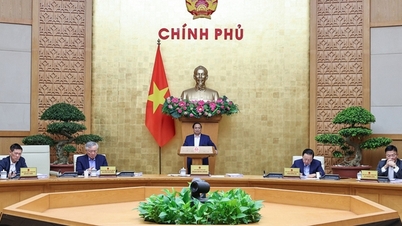







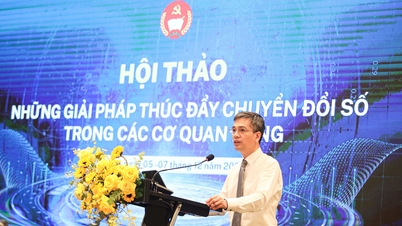
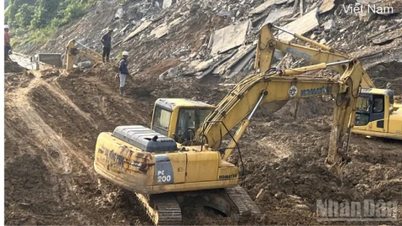

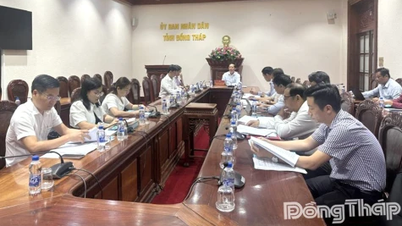


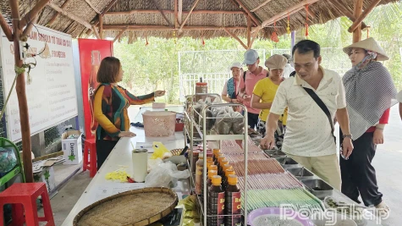
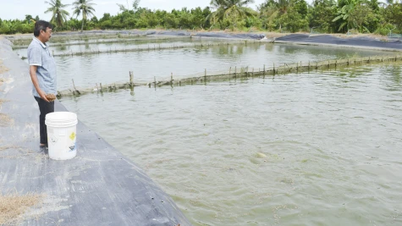
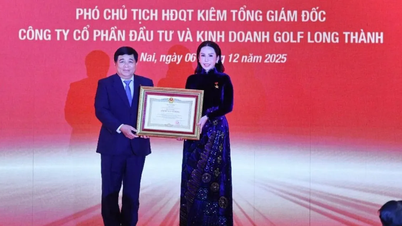









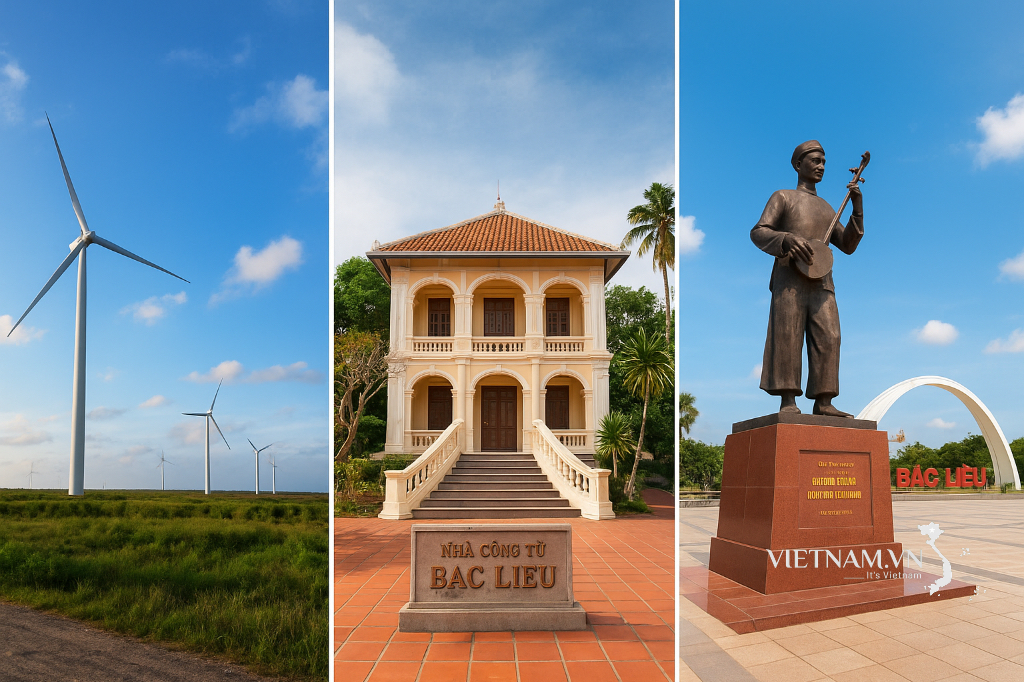






Comment (0)